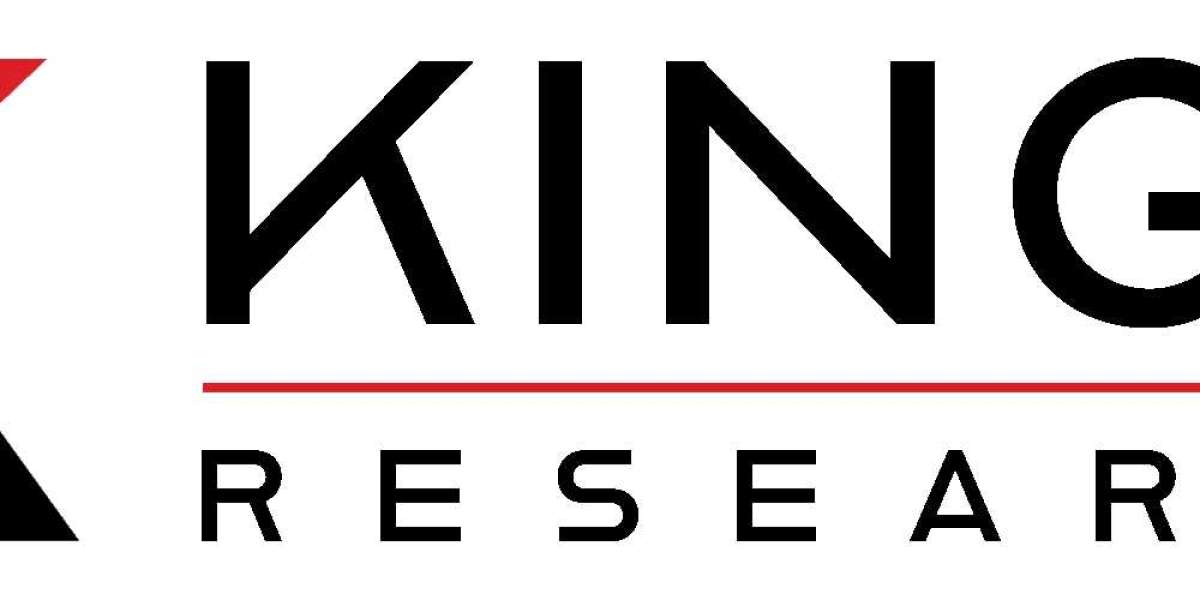The role of internal communication in organizations has been crucial for decades, ensuring that teams stay aligned, productivity is maximized, and company culture thrives. With the rise of artificial intelligence (AI), this landscape is transforming rapidly. AI communication tools are reshaping how companies communicate internally, providing more efficient, streamlined, and personalized methods of interaction. These tools are not just about automating messages or generating responses—they’re about fundamentally changing how teams collaborate and engage within an organization.
In this article, we will explore how the evolution of internal communication has been influenced by AI design and the far-reaching impact it’s having on business operations.
What is an AI Communication Tool?
AI communication tools are platforms or software that leverage artificial intelligence technologies, such as natural language processing (NLP), machine learning, and predictive analytics, to assist with and enhance communication within organizations. These tools help streamline processes, enable faster decision-making, and offer more personalized communication experiences. For example, chatbots that can automatically respond to frequently asked questions, virtual assistants that schedule meetings, or smart analytics that can predict employee sentiment based on communication patterns are all part of the evolving landscape of AI in internal communications.
Key Features of AI Communication Tools
The development of AI-powered communication tools has made internal communication smarter and more efficient. Some key features include:
Chatbots and Virtual Assistants: These tools can answer common queries, schedule meetings, and manage tasks in real-time, freeing up human resources for more complex work.
Natural Language Processing: AI tools that can understand, interpret, and generate human language make communication between teams smoother and more intuitive.
Sentiment Analysis: AI tools can analyze the tone and sentiment of messages exchanged among teams to identify potential issues or areas for improvement.
Data-Driven Insights: These tools can provide organizations with detailed analytics on communication trends, employee engagement, and team performance.
Automated Workflows: AI can automate routine tasks like sending reminders, organizing meetings, or managing documents, reducing manual workload.
How AI is Transforming Internal Communication
Streamlining Communication Channels
One of the key challenges in any organization is maintaining clear and consistent communication across different departments and teams. Traditionally, this was done through emails, intranet posts, and meetings—methods that can become cluttered and inefficient. However, with AI communication tools, internal communication is being streamlined, and organizations can use a variety of AI-powered solutions to ensure that messages are delivered more efficiently and effectively.
For example, AI-powered chatbots can assist employees in finding the information they need without sifting through long email threads or scrolling through outdated intranet pages. This instant access to information reduces time spent searching for answers and increases overall productivity.
Personalized Messaging and Employee Engagement
AI allows internal communication to be more personalized. By using data-driven insights, AI communication tools can send tailored messages to employees based on their needs, role, and preferences. For example, if an employee frequently asks about HR policies, the system could automatically offer reminders about policy updates or new benefits that are relevant to them.
Moreover, AI can track employee sentiment and adjust communication styles accordingly. If an employee is showing signs of frustration or disengagement based on the tone of their messages, AI can suggest changes in communication strategies or even prompt human resources to offer additional support.
Virtual Assistants for Task Management
Managing day-to-day tasks, scheduling meetings, and ensuring teams are aligned are essential for smooth internal communication. AI communication tools now come equipped with virtual assistants that automate these administrative tasks. From scheduling meetings to sending follow-up reminders, AI-powered virtual assistants free up time for employees, allowing them to focus on higher-priority tasks.
These assistants also help ensure that communication is efficient, as they can remind teams of important deadlines and meetings, ensuring no message is missed.
Smart Data Analytics for Better Decision Making
AI communication tools also come with robust data analytics capabilities that allow businesses to make informed decisions. Through AI’s ability to analyze vast amounts of data, organizations can identify trends, patterns, and potential issues in their communication flow. For example, AI can track how frequently teams communicate, the sentiment behind the messages, and how quickly responses are provided.
These insights can then be used to improve internal communication strategies, address bottlenecks, and adjust workflows to better meet employee needs. AI tools can also help determine which types of communication (emails, instant messages, or video calls) are most effective within different teams or projects.
AI-Powered Collaboration
Collaboration tools have always been a key aspect of internal communication. With AI integration, these tools are becoming smarter. For example, AI can help organize documents, automatically update shared calendars, and recommend resources based on a team’s current projects or goals. By predicting what information will be most useful for specific projects, AI streamlines the process of collaboration and helps teams work more efficiently.
Moreover, AI can help facilitate cross-departmental collaboration by recommending employees who might have relevant expertise for a specific project, allowing teams to leverage the collective knowledge of the organization more effectively.
The Benefits of AI in Internal Communication
Improved Efficiency and Productivity
AI communication tools significantly reduce the time spent on routine administrative tasks, allowing employees to focus on more valuable work. By automating repetitive tasks, such as scheduling meetings, updating documents, or answering common questions, AI helps employees become more productive.
Enhanced Employee Experience
Personalization is another benefit of AI tools. By providing tailored communication and automated responses, employees feel more engaged and valued. This personalized approach helps improve job satisfaction and retention rates, as employees are more likely to stay in environments where they feel heard and understood.
Cost Savings for Organizations
Implementing AI communication tools can help organizations reduce costs related to human resources and operational inefficiencies. With AI handling routine communication tasks, companies can save money on administrative roles and focus on high-value projects.
Better Decision-Making through Data Insights
AI’s ability to gather and analyze data allows organizations to make smarter decisions based on real-time insights. Whether it’s employee engagement data or communication patterns, businesses can adjust their internal communication strategies for optimal performance.
Challenges and Ethical Considerations
While AI communication tools offer many benefits, there are also challenges and ethical considerations to keep in mind.
Data Privacy and Security
As AI tools rely on data to personalize communication and provide insights, organizations must ensure they are adhering to data privacy regulations and protecting sensitive employee information. Ensuring compliance with GDPR and other privacy laws is essential for maintaining trust and avoiding legal issues.
Over-Reliance on Automation
While AI can streamline communication, there’s a risk of becoming overly reliant on automation. Human touch is still crucial in internal communication, especially when addressing complex issues or sensitive topics. A balance between AI-driven efficiency and human interaction is necessary to maintain an effective communication strategy.
AI Bias
Another concern is the potential for AI biases, which can affect the quality and fairness of communication. AI systems are only as good as the data they are trained on, and if that data is flawed or biased, it could lead to discriminatory practices. Organizations must regularly audit their AI communication tools to ensure they are functioning ethically and equitably.
The Future of Internal Communication with AI
The future of internal communication looks promising with the continued evolution of AI design. As AI technology advances, communication tools will become even more intelligent, intuitive, and integrated into the daily workflow. Future developments could include more advanced voice assistants, real-time translation capabilities for multinational teams, and even deeper levels of predictive analytics to help organizations stay ahead of communication trends.
AI communication tools will likely continue to evolve, with more seamless integrations across other business processes such as project management, performance tracking, and even corporate decision-making. The workplace of tomorrow will be more connected, efficient, and data-driven, with AI playing a central role in shaping how communication unfolds.
Unlocking the Full Potential of AI in Internal Communication
As businesses continue to integrate AI communication tools, it’s essential to understand how to unlock their full potential. Companies must invest in the right AI technologies, train their teams to use these tools effectively, and establish clear policies around data privacy and ethical usage. The future of internal communication lies in blending human creativity and intelligence with the power of AI, creating an environment where both can thrive together.
By embracing AI in internal communication, businesses can achieve higher productivity, improved employee engagement, and better decision-making, ultimately leading to a more effective and cohesive work environment.








